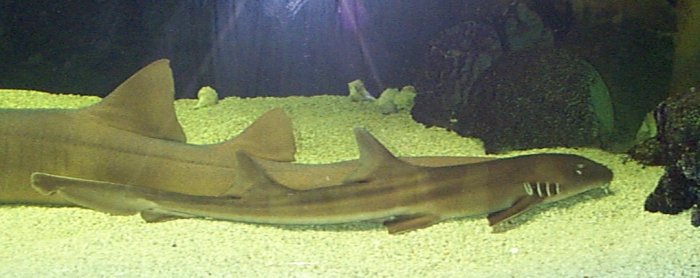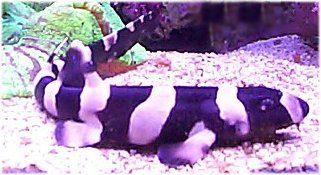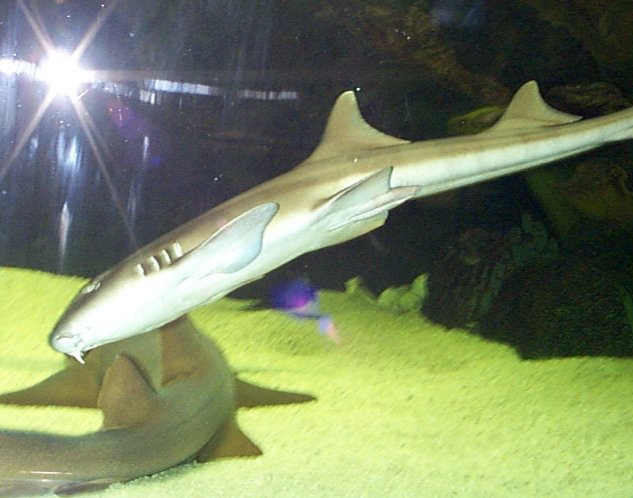 | Name: Banded Cat Shark (Brownbanded Bamboo Shark) |
| Scientific name: Chiloscyllium punctatum | |
| Range: Indio-Pacific region. East coast of the Indian Peninsula to northern Australia. | |
| Habitat: dark water - little lighting | |
| Status: Not threatened | |
| Diet in the wild: invertebrates and crustaceans | |
| Diet in the zoo: shrimp/crab (fed twice a week) | |
| Location in the zoo: Aquarium(off main entrance way to the left - near Penguin Island). |
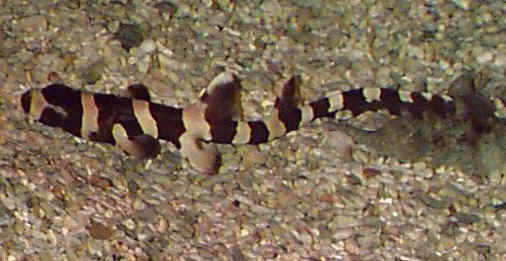
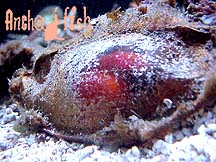 Thesesharks live around coral reefs and tidepools. Interestingly, it can surviveout of water for up to 12 hours. The cat shark family contains manyspecies, usually distinguished by their different markings of stripes,bars, etc. Interestingly enough, the best known of the cat sharkfamily is the dogfishes (which form a part of the catshark family). Onthe internet, brownbanded bamboo cat sharks are for sale, and it is clearthat some people might attempt to keep them in their own aquariums. Bamboosharks are egg-layers, with the eggs enclosed in
Thesesharks live around coral reefs and tidepools. Interestingly, it can surviveout of water for up to 12 hours. The cat shark family contains manyspecies, usually distinguished by their different markings of stripes,bars, etc. Interestingly enough, the best known of the cat sharkfamily is the dogfishes (which form a part of the catshark family). Onthe internet, brownbanded bamboo cat sharks are for sale, and it is clearthat some people might attempt to keep them in their own aquariums. Bamboosharks are egg-layers, with the eggs enclosed in 